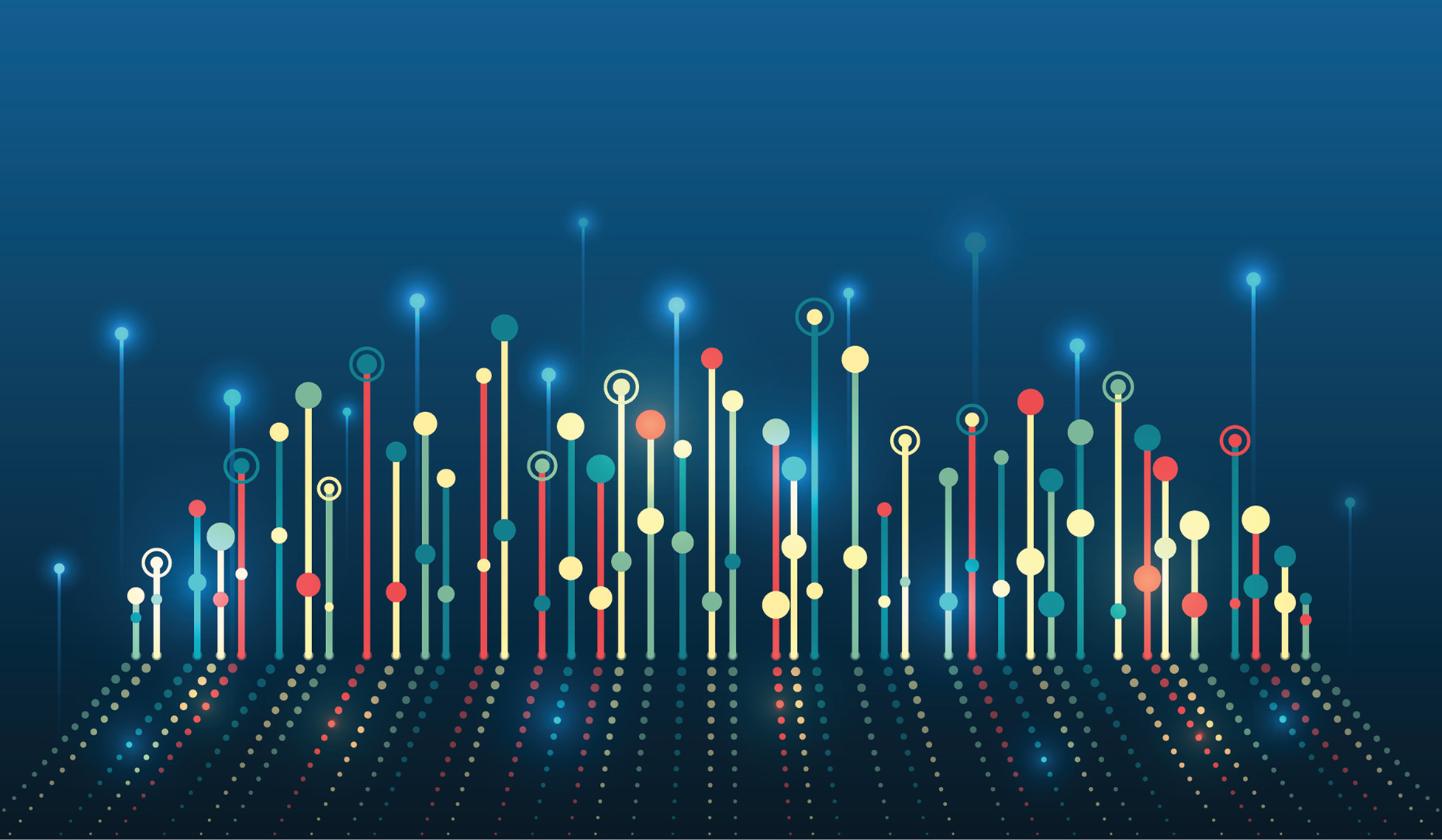Enterprise Content Management (ECM) vs. Content Collection

If ECM Is the Library, CC Is the Librarian
When I was first freelancing for companies in the 1990s, most of them had some shared drive on the local network. “Oh the logo is in the /marketing directory on the G: drive, just ask IT to get you on the network.” Setting up a huge RAID array in the corner and configuring both the PCs and Macs to be able to get to the shared drive was step one in getting a team working together. Hard drive space wasn’t cheap, so there was an inherent pull to “only put optimized approved files on the shared drive.” Search was basic so sticking to good file naming conventions (only 8 characters please!) and using a clear directory structure was key.
Fast forward 30 years and almost any organization is using some file share in the cloud. Perhaps its Google Workspace or Microsoft OneDrive, but more or less everything you work on is automatically stored in the cloud. Storage is cheap, and versioning typically happens within files instead of manually. The result is most of us have a lot of documents stored in the cloud and typically are either sorting by Recent to find that current project, or relying on search to dig it out of the past.
Enterprise Content Management systems promise a secure, centralized, long-term storage and retrieval system for official content.
But for all its structure, ECM relies heavily on humans doing the right thing when the content is created: saving it in the right folder, naming it correctly, and remembering where it lives. Search is improving, but the ecosystem still tends to be single-channel—your docs are searchable if they were created in the right platform, and if you know what to search for.
Content Collection Happens Before the Document Exists
While some ECM platforms do focus on managing the workflow around structured text data (think filling out and signing legal documents,) most of them are really searchable repositories where people put finished work.
But where do those files come from? Most documents are shaped over time: in Slack threads, text messages, meeting notes, and email chains. What ECM sees as a polished PDF started life as a flurry of messages, fragments, drafts, and decisions.
Content Collection focuses on capturing informal and fragmented content, before it becomes a formal document.
If ECM is the library, Content Collection is the librarian. They’re pulling articles from different sources, reading the footnotes, summarizing what matters, and putting insights where others can find them. It’s not about where the file is stored. It’s about how the ideas inside it are gathered, clarified, and passed on.
Content Collection is also inherently multi-channel. Unlike ECM, which often focuses on documents created in a specific platform, CC spans across communication channels, looking for wherever content actually emerges in the flow of work.
AI is dramatically improving search within ECMs, and Microsoft is investing in tools like Loop to connect some of it’s own communication channels. That said, in most orgs today, the work of collecting knowledge is still manual, repetitive, and invisible. CC recognizes that effort, and gives it structure.
How Content Collection and ECM Compare
| Feature | Content Collection | Enterprise Content Management (ECM) |
|---|---|---|
| Purpose | Organize fragmented insights from multiple conversations | Store, secure, and retrieve official documents and files |
| Focus | Informal, cross-channel content in progress | Finalized, file-based content |
| Challenge | Content lost in informal tools and fragmented systems | Users forget to tag, file, or organize content properly |
| Current State | Manual and distributed across channels | Centralized, tool-driven but siloed |
| Ideal Role | Bridge content as it’s being created into structured knowledge | Retain and retrieve formalized content for compliance/use |
Files Don’t Organize Themselves
Enterprise Content Management systems are important, but they assume content is already clean, titled, and placed in the right folder.
Content Collection accepts the reality: content emerges messily, across channels, and in real time. It focuses on making sense of that content while it’s still fluid.
If ECM is the archive, Content Collection is the practice of capturing the knowledge that would otherwise be lost before it ever gets filed.